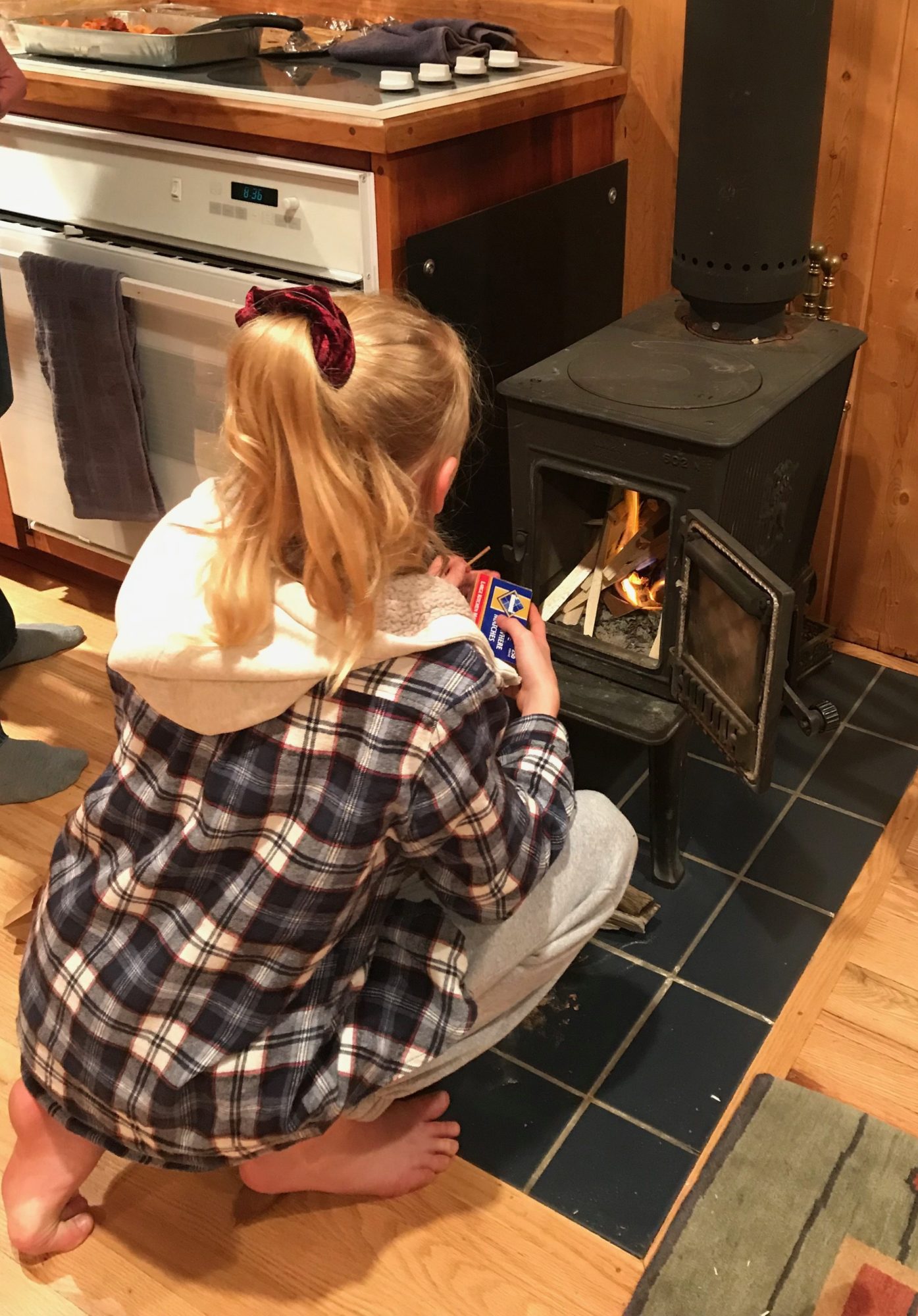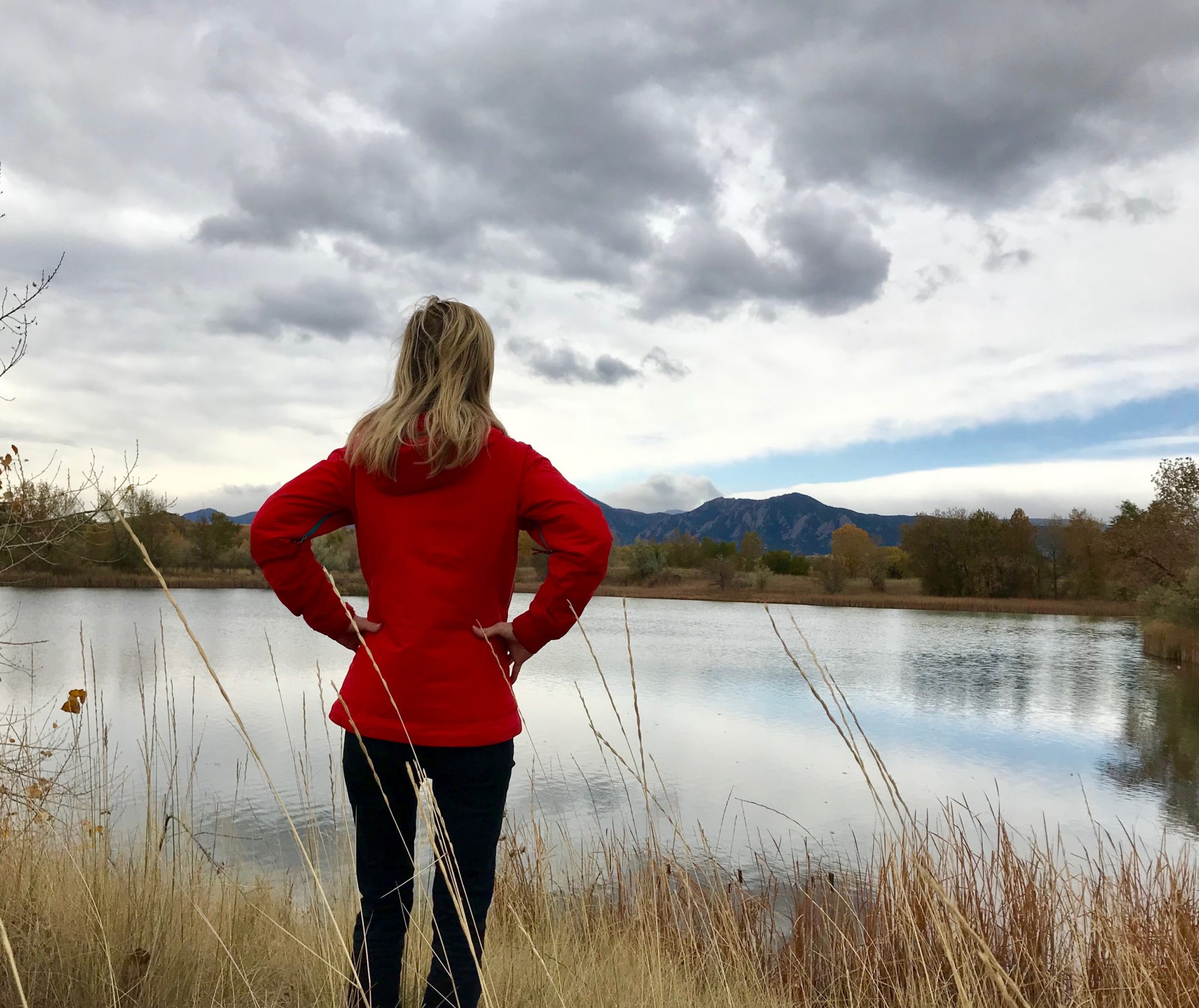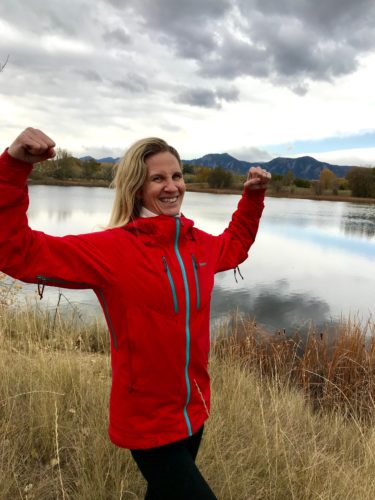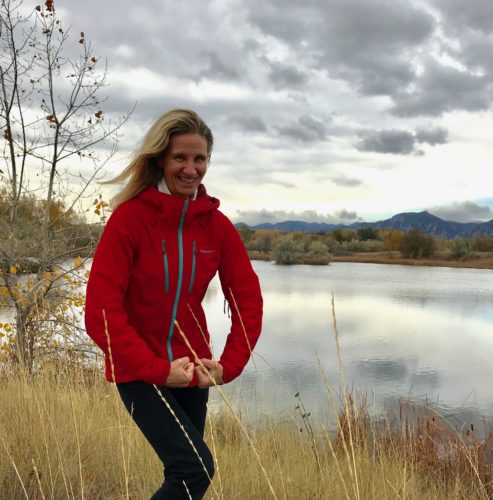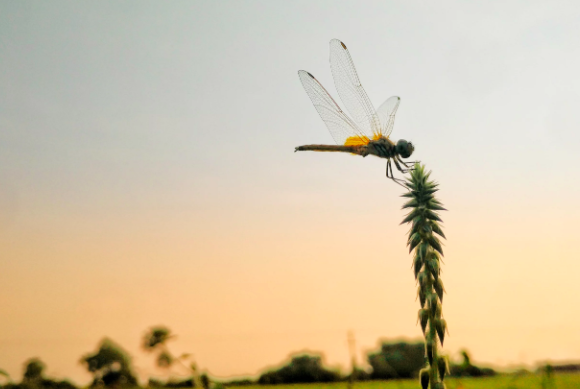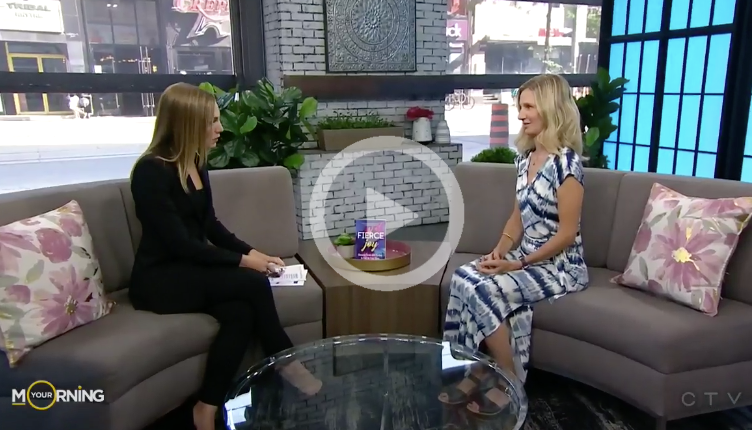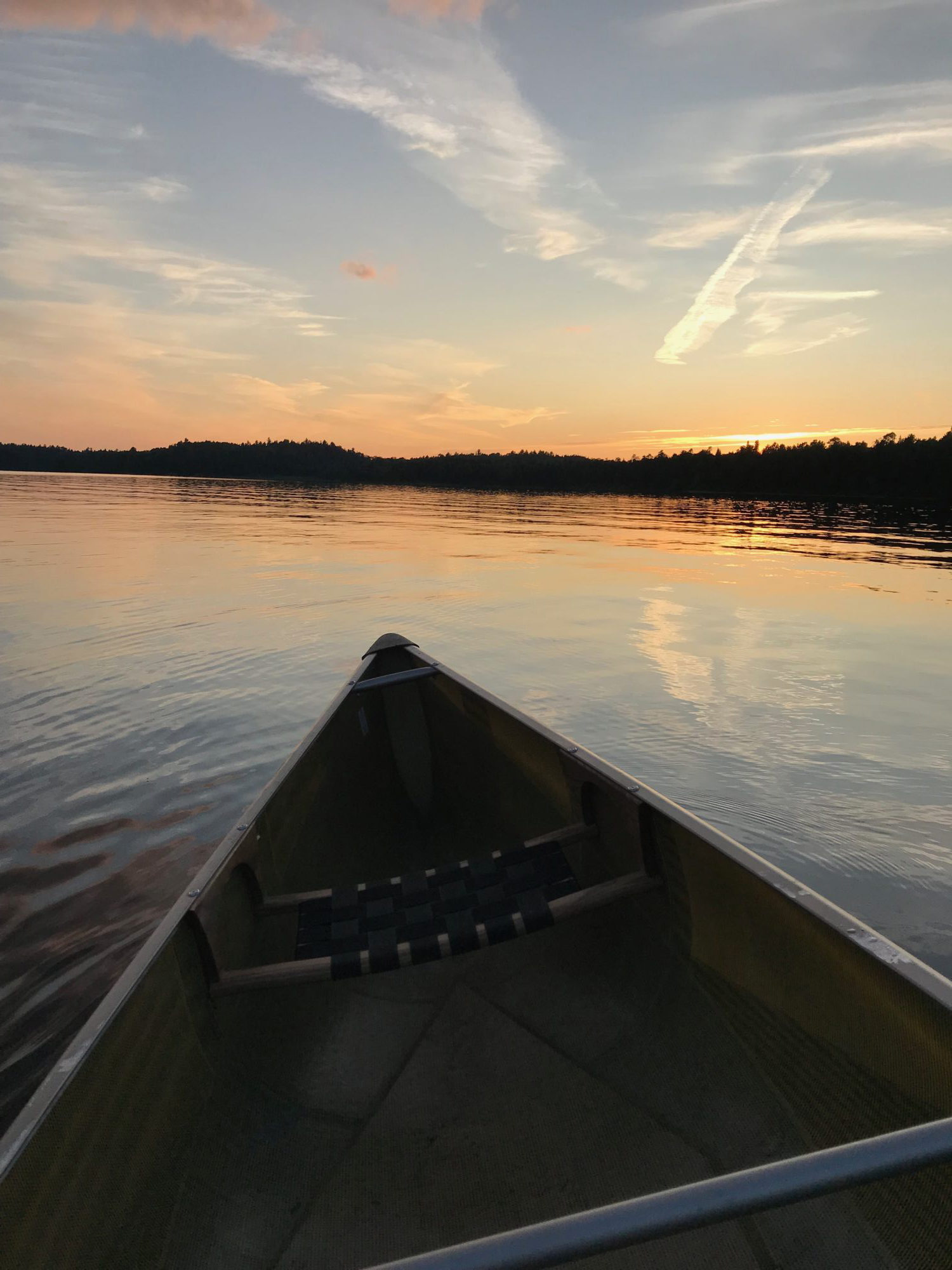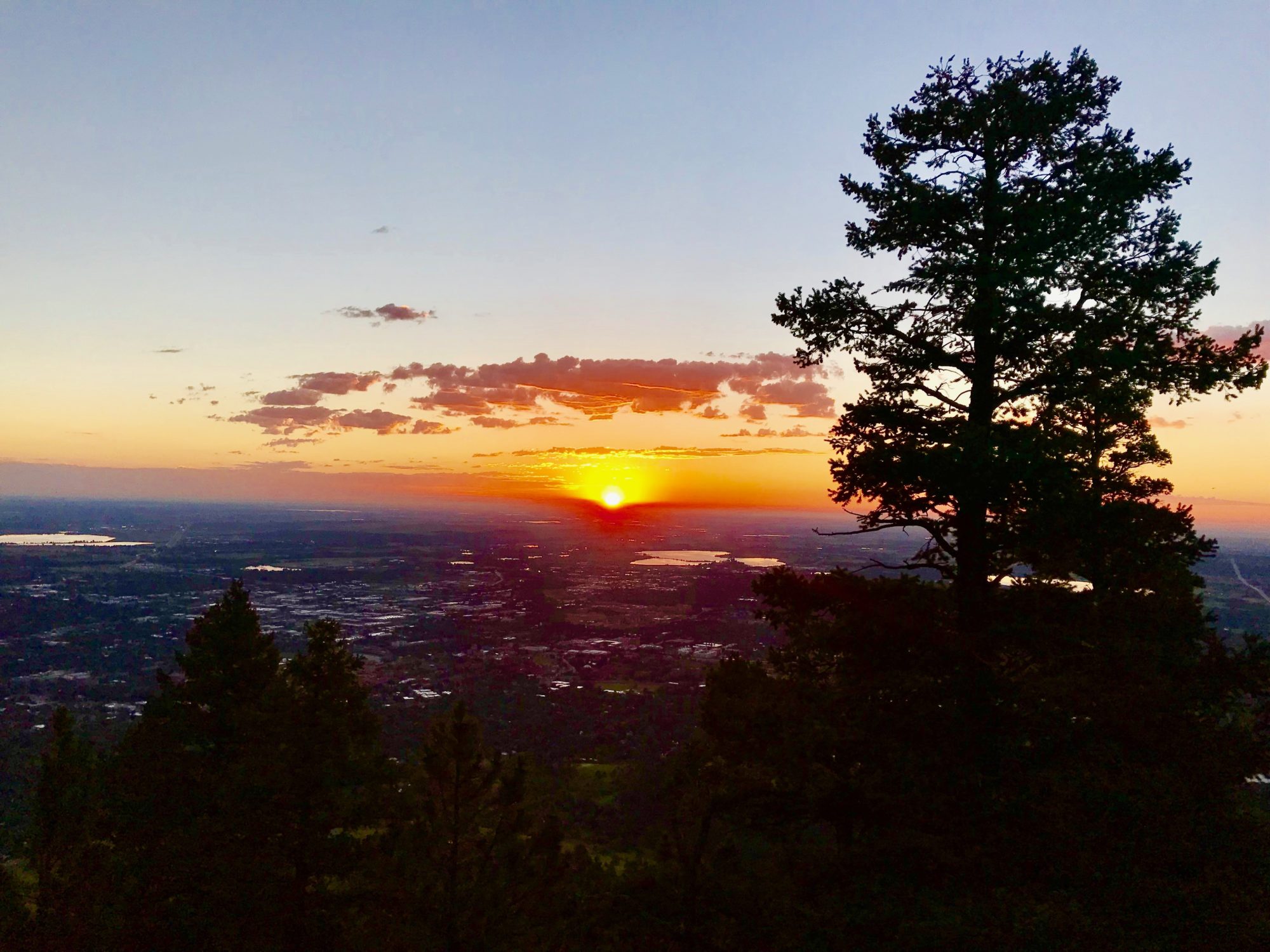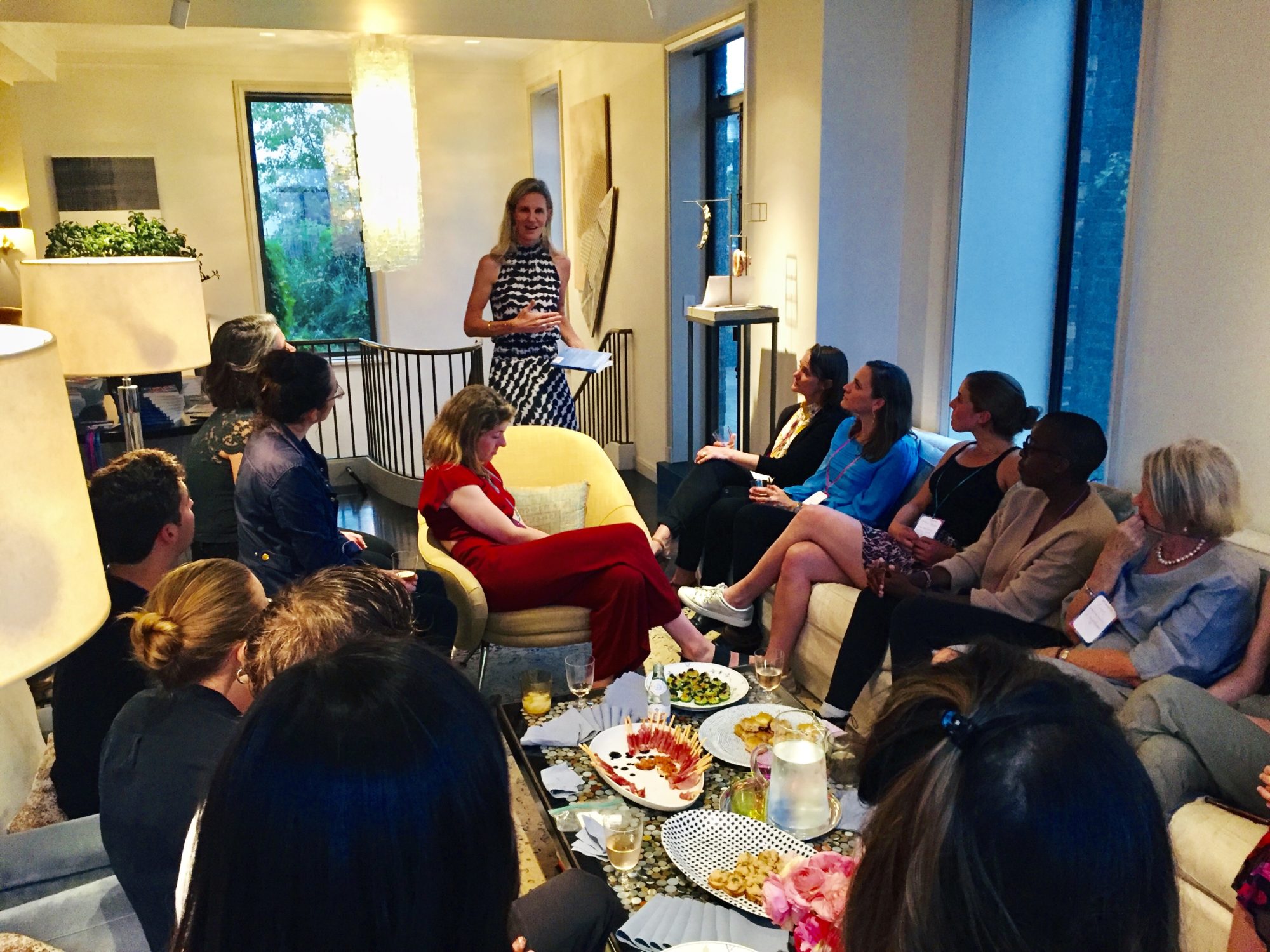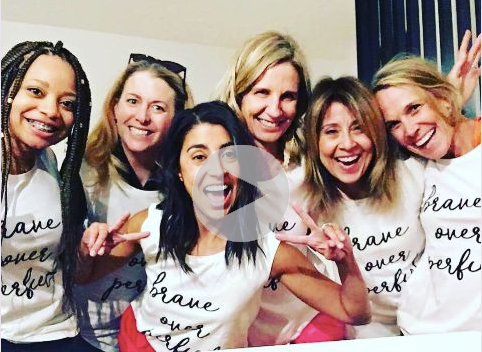When I first heard the news of Jennifer Ridgeway’s passing, I went to the garden, to be surrounded by sunflowers, marigolds, and cosmos. As a river of memories rolled by, I heard a whirring sound and looked up. I noticed that I was not alone. More than a dozen dragonflies floated above me and the flowers.
In almost every culture, dragonflies are a sign of change and transformation.
The dragonflies’ liquid-blue bodies flew in a tight group with powerful, rhythmic ease. Their wings looked like they were made of tiny stained-glass windows. Their enormous eyes reflected the sun.
I remembered Jennifer’s warm eyes, her easy smile, and her sharp sense of humor. I pictured her surrounded by her tight-knit family: her husband Rick, and their children, Carissa, Cameron, and Connor, and their grandchildren, Coda and Rosco, Summer and Sadie.
Jennifer understood that healthy families make healthy workplaces. Instead of sacrificing her time with family for her passion for work, she integrated the two. As the first director of marketing at Patagonia clothing company, she co-created an on-site childcare center and then published a book about it to inspire other businesses to do the same. Jennifer made it so women and men didn’t have to choose between parenting and working.
Rare in the advertising world, Jennifer was constantly on a quest for authenticity. She is the reason the Patagonia catalog famously includes real photos from real people. As the company’s first photo editor, Jennifer insisted on including genuine shots of life outdoors. She wanted to inspire us to be real and to get out more into wild landscapes. In the process, she supported amateur photographers, launching many of their careers.
Dragonflies begin their lives in water as colorless, wingless nymphs. They grow and shed their hard shell many times, never above the surface of the pond. Then one day they crawl onto land, breathe air instead of water for the first time, and grow powerful wings. They transform into acrobatic gliders, able to fly in six directions, and faster than most birds.
In my twenties, I was fascinated by dragonflies. I spent countless hours in rubber boots, wading in ponds and rivers, holding a net over my head. I wanted these insects to teach me about change. How can they go from water to land to sky so easily?
I knew this species of dragonfly hovering over me now. Green Darner. Anax Junius. A cousin to Saffron Meadowhawk, Wandering Glider, Emerald Spreadwing, Blue-Ringed Dancer, and the 5,000 other species found in the world, on every continent.
Jennifer often seemed veiled in a mantel of stars and light, like her cherished La Virgen de Guadalupe. Jennifer inhaled your troubles and exhaled forgiveness. She took you seriously, but refused to let life’s seriousness take over. She listened generously, guiding so many of us through questions of love, loss, and relationship. In her presence, you felt the meaning of non-judgmental love. And when Rick traveled to climb the world’s most dangerous mountains on every continent, she kissed him goodbye and waved away our concerns. She steered us all toward trust.
Back then, I studied dragonflies because I wanted to understand metamorphosis. I was about to be married. I craved knowing how to grow into something new. Transitions are natural for a dragonfly. It molts at least a dozen times before becoming a creature with wings. Dragonflies taught me not to fear the unknown.
When I became a mother, I found comfort in their life cycles. Dragonflies have everything they need inside them to grow into confident flying beings. Once, I lifted a dragonfly nymph out of the water and into my hand. I wanted to find evidence of its future ability to fly. I stared at it, but couldn’t see anything. Finally, I found the faintest outline of wings, no thicker than flower petals, folded on its back. It helped me to imagine my children’s version of wings, always there, waiting between their narrow shoulders.
Without Jennifer, there would be no Kurt and me, no Cole, no Hazel. It was Jennifer who pointed me to Rick, who pointed me to Kurt.
When I last saw her, Jennifer was in hospice in her own bed, surrounded by books, photographs, flowers, Art, and all the colors that she loved. Her sheets, covers and pillows radiated warmth in cranberry, saffron, and butterscotch shades. I told her that her family will be held, that she will not be forgotten, that we will be better, are better because of her. I told her that we’ll see her in flowers, in photographs, in the flame of Guadalupe candles, in the laughter of her grandchildren, in all things light and joyful.
Jennifer’s daughter Cameron sat at the foot of her bed holding her infant daughter Sadie, born only two weeks earlier. Jennifer and baby Sadie slept peacefully. Never before had I seen the bookends of birth and death so close together. I stayed and watched them sleep. I listened to them breathing. When Jennifer exhaled, Sadie inhaled. And I thought about transitions. Entrances and exits. Beauty leaving and beauty arriving.
The day Jennifer passed, there were news stories in Virginia, Ohio, Pennsylvania, among others about meteorologists misreading their doppler-radar images. What they thought were massive late-summer showers turned out to be an uncommon sighting: a giant migration of Green Darners spreading across the country. What I saw in my garden that day was a small piece of a larger whole: thousands and thousands of dragonflies migrating.
Beauty on the move.
***
photo credit: Chirag Sankaliya/Getty Images

